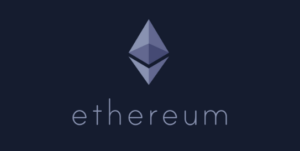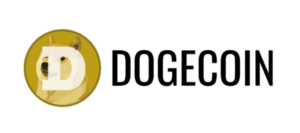Ethereum’s Demise as Layer 2 Solutions Thrive: Insights from Crypto CEO

In a bold statement recently, Justin Bons, the founder and Chief Investment Officer of Cyber Capital, a prominent cryptocurrency fund in Europe, expressed his concerns about the current path of Ethereum. Bons suggested that Ethereum is facing challenges and may be on a downward trajectory while Layer 2 (L2) solutions are thriving at its expense due to Ethereum’s network limitations.
According to Bons, Ethereum is struggling to sustain high fee revenue because of its limited capacity. In contrast, L2 solutions are experiencing significant growth in both usage and fees as they leverage Ethereum’s constrained capacity. Bons described this relationship as parasitic, with L2s benefiting from Ethereum’s struggles, particularly following the implementation of EIP-4844 (Proto-Danksharding), which he believes has led to a decline in fee revenue for Ethereum. He pointed out that the fee burning mechanism, intended to counter inflation by making Ethereum deflationary, is unable to keep up due to fees being diverted to L2s.
The debate revolves around whether Ethereum is being negatively impacted by the rise of L2 solutions. Bons argued that a parasitic relationship has developed between Ethereum and its L2 counterparts, leading to fragmentation within the ecosystem. This fragmentation, he claimed, is disrupting liquidity and composability, essential elements for seamless operations across the Ethereum network.
The shift towards L2 solutions has also raised concerns about centralization within platforms that were originally designed to be decentralized. Bons highlighted the potential risks of centralization within L2 platforms and criticized the governance model of Ethereum for lacking on-chain governance, which he believes has resulted in centralized control over the network’s development.
Bons speculated that if Ethereum were to scale at the L1 level through technological advancements, it could render L2 solutions obsolete and impact their market position. This potential conflict of interest underscores the challenges inherent in balancing the growth of Ethereum with the development of L2 solutions.
In response to the ongoing debate, Pengu Aaron, lead of the ICP Hub Singapore, emphasized the importance of L2 solutions contributing back to Ethereum to prevent a collapse in its value. Bons highlighted the conflicting incentives between L2 solutions and Ethereum, suggesting that the current system may be inherently flawed and difficult to rectify.
The discussion also touched on the comparison between decentralized systems in cryptocurrency and the federal system in the United States. Bons pointed out the enforcement challenges in decentralized systems that lack overarching compulsion mechanisms, emphasizing the complexities of maintaining decentralized networks.
At the time of reporting, Ethereum was trading at $2,687. The ongoing debate surrounding Ethereum’s future and the impact of L2 solutions continues to shape the cryptocurrency landscape.



